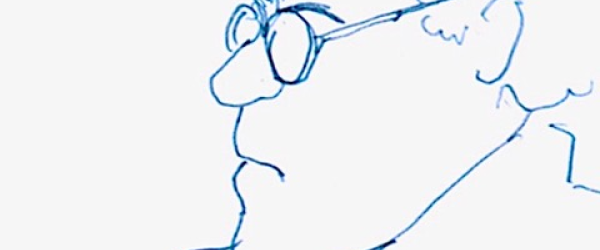The Lifetime of Sequential Memory Traces in the Absence of Language
Laura Ordonez Magro, Leonardo Pinto Arata, Joël Fagot, Jonathan Grainger, Arnaud Rey
Statistical learning allows us to implicitly create memory traces of recurring sequential patterns appearing in our environment. Here, we study the dynamics of how these sequential memory traces develop in a species of nonhuman primates (i.e., Guinea baboons, Papio papio ) that, unlike humans, cannot use language and verbal recoding strategies to strengthen these memory traces. We test a group of Guinea baboons in a Hebb visuo‐motor pointing task in which a target sequence is repeated with random sequences inserted between repetitions. In this study, we systematically manipulate the interval between two repetitions of the target sequence by varying the number of interposed random sequences. We found that baboons can learn repeated visuo‐motor sequences, even when the repetitions are separated by six random sequences. Our results also suggest that the learning curve of the target sequence best fits a logarithmic function. The present study, therefore, provides a quantitative assessment of the development of a sequential memory trace as a function of repetition spacing and without the use of verbal recoding strategies.
Plus d'info ici

